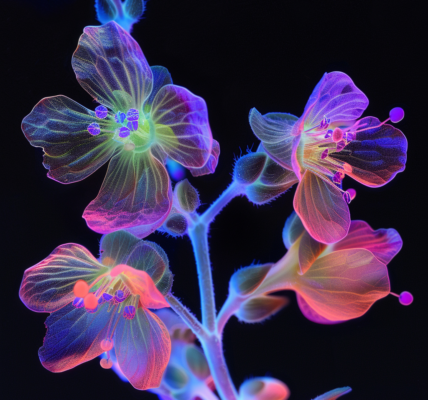New research has shed light on the potential role of amyloids in the emergence of life on Earth. The study, conducted by Roland Riek, Professor of Physical Chemistry and Associate Director of ETH Zurich’s Centre for Origin and Prevalence of Life, explores how amyloids, capable of forming under early Earth conditions and binding with RNA and DNA, may have played a key role in life’s emergence by increasing molecular stability and encouraging cooperation over competition.
The question of how living organisms emerged from non-living matter remains one of the most profound mysteries in science. Despite numerous theories, a conclusive explanation remains elusive. This is hardly unexpected, considering these events occurred three to four billion years ago, under Earth’s drastically different ancient conditions.
Riek’s team has been pursuing the idea that protein-like aggregates, known as amyloids, might have played an important role in the transition between chemistry and biology. The researchers demonstrated that amyloids can be formed relatively easily under the conditions that probably prevailed on the early Earth. In the laboratory, a little volcanic gas, along with experimental skill and patience, is all it takes for simple amino acids to combine into short peptide chains, which then spontaneously assemble into fibers.
Furthermore, the team demonstrated that amyloids can replicate themselves, fulfilling another decisive criterion for being considered precursor molecules of life. In their latest study, the researchers show that amyloids are able to bind with molecules of both RNA and DNA, partly based on electrostatic attraction, since some amyloids are positively charged in places, while the genetic material carries a negative charge.
The findings of this research offer a fascinating glimpse into the potential role of amyloids in the origins of life on Earth. By providing experimental data to support their hypotheses, Riek and his team are contributing to our understanding of the ancient conditions that may have facilitated the transition from non-living matter to the emergence of life.





